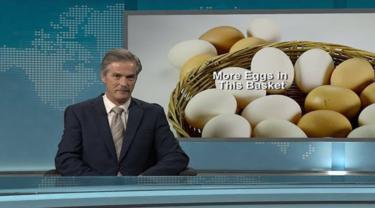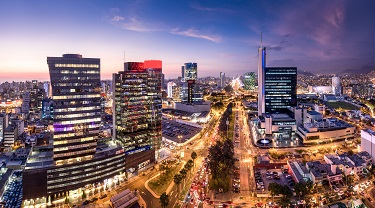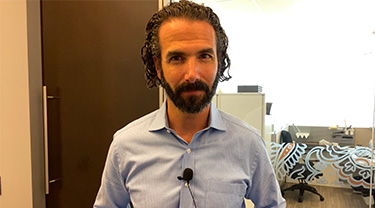Stock markets are up. Commodity prices are up – at least from last year’s lows. The bond market has even staged a recent rally. This movement has only continued a near decade-long pivot to financial instruments – whether as a safe haven, or a relatively higher-yielding prospect. At the same time, the pivot was away from more physical business investment – buildings of all types and the equipment that goes in them – which has been extraordinarily low for an extraordinarily long period. Clearly, the actual or perceived returns on the latter have not been nearly as attractive. Are businesses once again starting to put their financial eggs back into this basket?
If they are, it’s hard to emphasize enough just how significant that is. As mentioned in a Commentary earlier this year, there is a long list of reasons why business investment in physical assets has been so suppressed in the post-recession period. Perhaps the most critical at this point is inertia. We’ve been in this state for so long that for many, it’s normal – it’s all they’ve ever seen in their professional lives. To the more experienced, it’s certainly not what they used to see, but it has been around so long, it must be an unfortunate new reality. If both groups, together with the analytical and policy-making worlds, agree on this, then business behavior is in danger of adjusting activities in a way that self-fulfil the paradigm.
This may be the case, but there’s one key problem for business: capacity. A ramp-up in economic growth has put increasing pressure on spare capacity in key industries in a number of countries, compromising the ability of many enterprises to meet rising near-term orders. Conditions are far from an out-of-control state, but this may not last. Buyers – the ones that source all of the inputs for the production process – are collectively saying that the world is in for much higher manufacturing activity levels in the coming six months, a fact that has only gained momentum in recent weeks. This is the kind of thing that normally increases pressure on decision-makers to expand capacity. Are they taking the hint?
It seems so. In the US, as of the second quarter, year-to-year growth in investment in non-residential structures is up 7.7 per cent in inflation-adjusted terms. Investment in equipment is up more modestly at just 3 per cent. However, net of the flagging outlays for transportation equipment, spending is up 7.4 per cent for information processing equipment and 6.7 per cent for industrial equipment. These are not record growth rates, but are well ahead of overall GDP growth, and are some of the highest levels of growth seen in the lengthy period following the post-recession outpouring of public stimulus.
Is the US alone? Hardly – the same trends can be seen in larger European countries. Germany is boasting strong trend growth in equipment investment that has taken it to a near-record level. Non-residential construction is even more impressive, up 4.8 per cent over last year’s levels. Total investment by both financial and non-financial companies in France is growing impressively and setting new records levels. In contrast, British investment seems to be on pause, likely influenced by the Brexit issue.
This general trend is in line with the current sequencing of global growth. Others have yet to catch up. With capacity not yet tightening in Japan, investment movement is more tepid; it may take more time for Japan to get in the game. Investment growth in China’s manufacturing sector has been slowing since 2011, but since mid-2016 has started to pick up again. It is far from double-digit levels, as excess capacity is still an issue, but ongoing global growth will help to increase demand further in the near-term period.
Canada’s investment numbers were spoiled by the mid-2014 commodity price plunge. More recently, a surge in machinery and equipment outlays gives hope that that’s now behind us. Budding capacity constraints strongly suggest that new investment in certain key sectors is not far off.
The bottom line?
We’ve seen nascent, mini-revivals in business investment in plant and equipment before, only to see a pull-back. This time, it looks like decision-makers are shifting the eggs into this basket more comfortably, and if current economic trends persist, there will be a whole lot more eggs coming soon.





